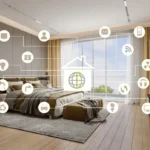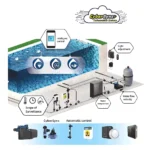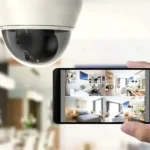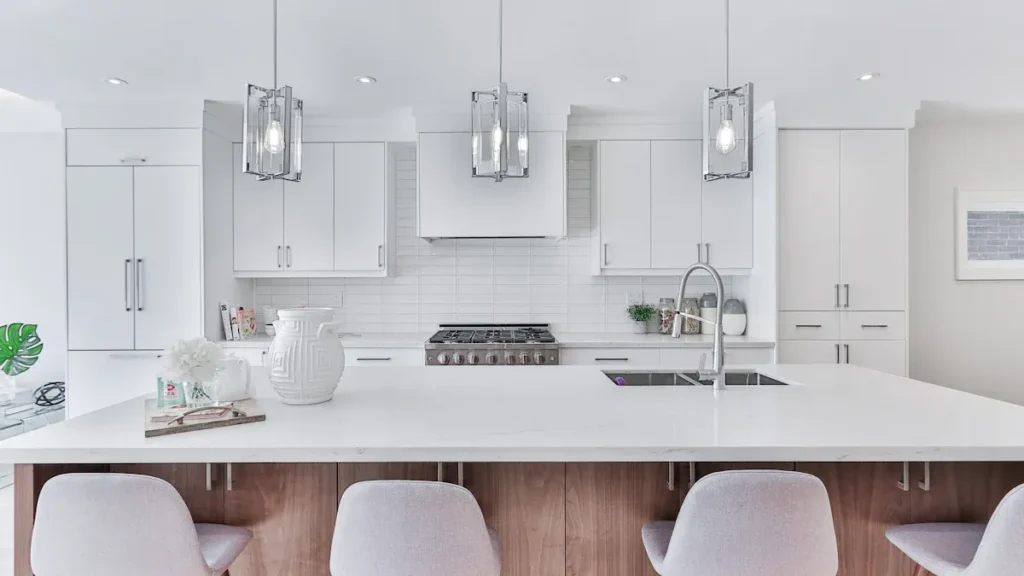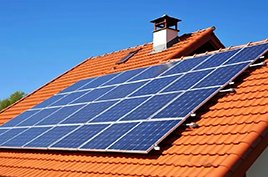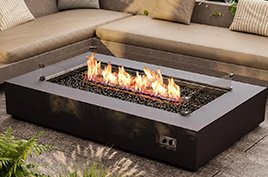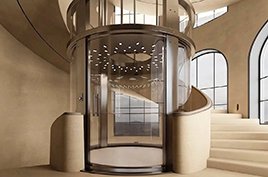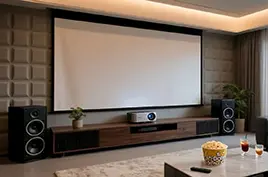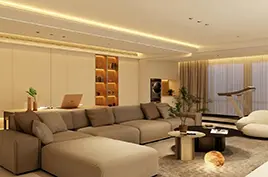In modern home design, whole house lighting systems are no longer just about illumination—they’re about intelligent control, energy strategy, and seamless integration with other smart home technologies. For project developers, engineers, and professional buyers seeking full electrical solutions, understanding how lighting fits into the broader infrastructure is essential.
As one of the most frequently used systems in any property, lighting impacts comfort, security, and long-term energy efficiency. When designed as part of a complete electrical integration—alongside HVAC, air purification, and surveillance systems—lighting becomes a powerful tool for value creation and operational ease.
What Defines a “Whole House Lighting System”?
A whole house lighting system refers to a centralized or distributed solution that manages lighting across an entire property—from bedrooms and kitchens to outdoor landscapes. Unlike traditional, isolated circuits, these systems enable unified control via apps, wall panels, sensors, and automation protocols.
Typical features include:
- Centralized control panels
- App-based remote access
- Scene-based lighting presets
- Integration with motion and daylight sensors
- Compatibility with smart home ecosystems (e.g., Alexa, Google Assistant)
Rather than controlling lights room by room, users manage lighting across the whole property as a unified, programmable system.
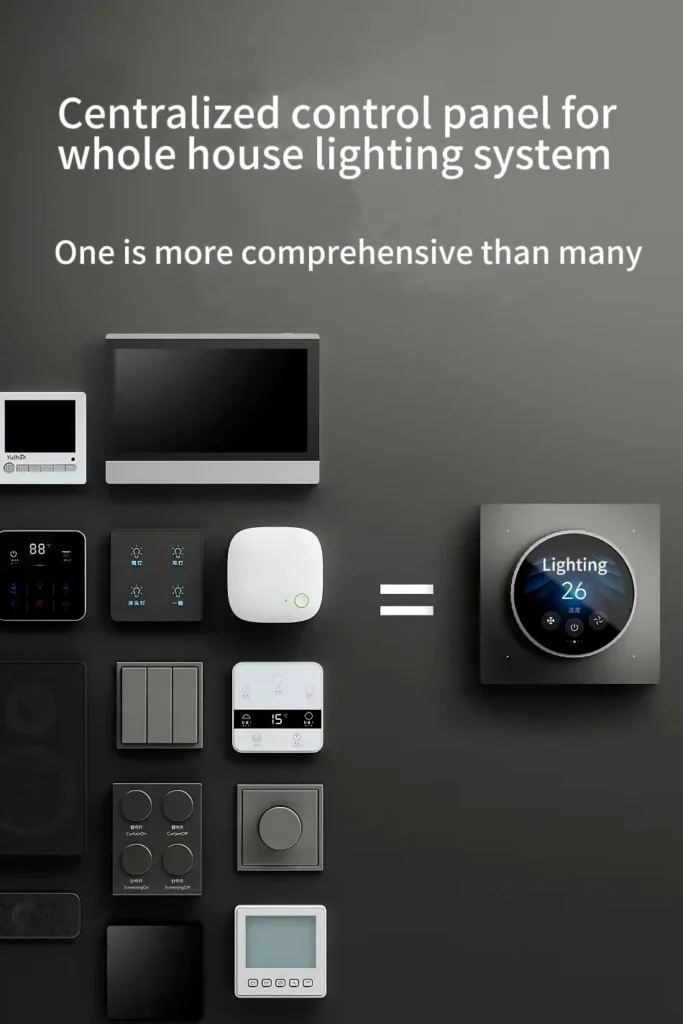
Why Lighting Should Be Treated as Part of the System, Not a Standalone Feature
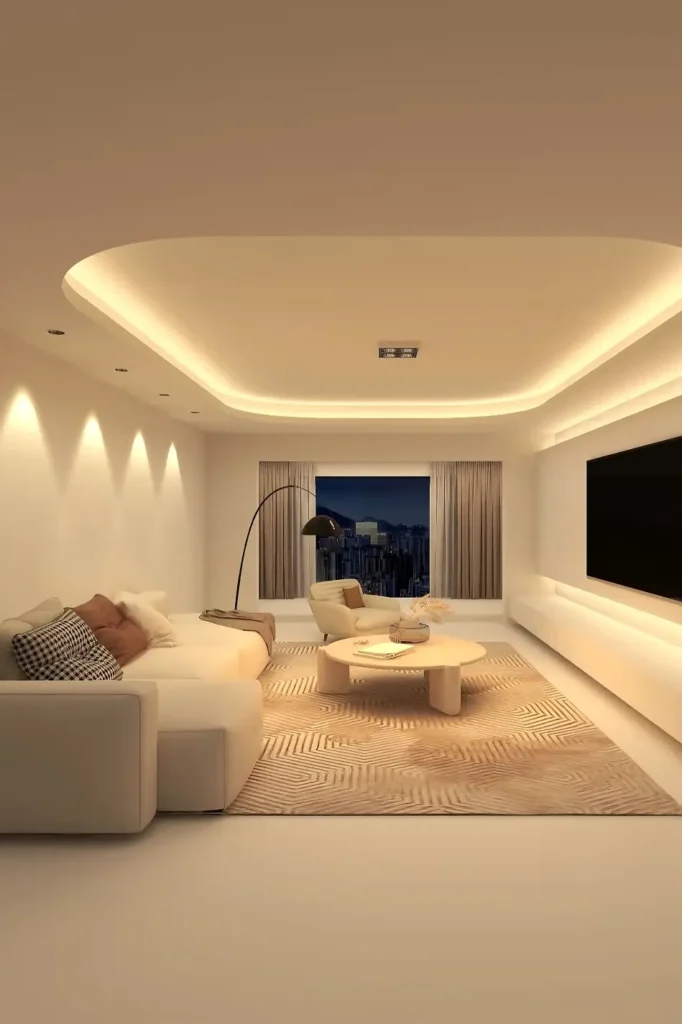
When buyers invest in VRF central air conditioning, whole-house ventilation, or home surveillance, they often forget to include lighting in the integration. This leads to fragmented control systems, higher installation costs, and missed opportunities for automation.
Integrating lighting into your broader smart home system creates several key advantages:
1. Unified User Experience
A fully integrated lighting system works with the same app or control platform as your HVAC and security. Users don’t have to switch between interfaces to control different devices, simplifying everyday operation.
2. Smarter Energy Management
Lighting consumes up to 15% of a household’s electricity. When integrated with motion sensors, daylight harvesting, and occupancy data from HVAC systems, lighting can automatically adjust based on real-time needs—cutting energy waste.
3. Centralized Installation and Maintenance
With a single vendor handling the entire system—from lighting to climate control—you reduce wiring complexity, shorten installation timelines, and simplify future maintenance.
Ideal for Developers and Whole-House Buyers
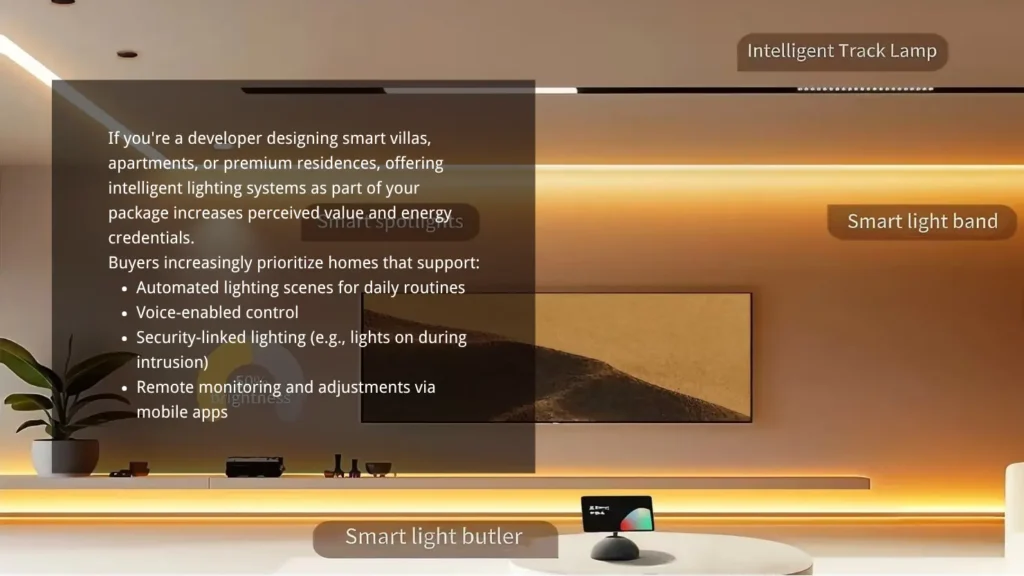
Technical Components That Make It Work
A modern whole house lighting solution includes:
| Component | Function |
|---|---|
| Lighting Controller | The brain of the system, handling logic and automation rules |
| Smart Switches | Replace traditional switches and support dimming, timers, and wireless control |
| Sensors | Detect occupancy, movement, and ambient light for real-time adjustments |
| User Interfaces | Wall panels, mobile apps, or voice assistants for convenient operation |
| Gateways & Protocol Bridges | Ensure compatibility with other smart systems (Zigbee, KNX, etc.) |
Advanced systems may also include energy analytics, enabling property managers or homeowners to track usage by zone, time, or automation pattern.
Key Considerations When Choosing a Whole House Lighting System
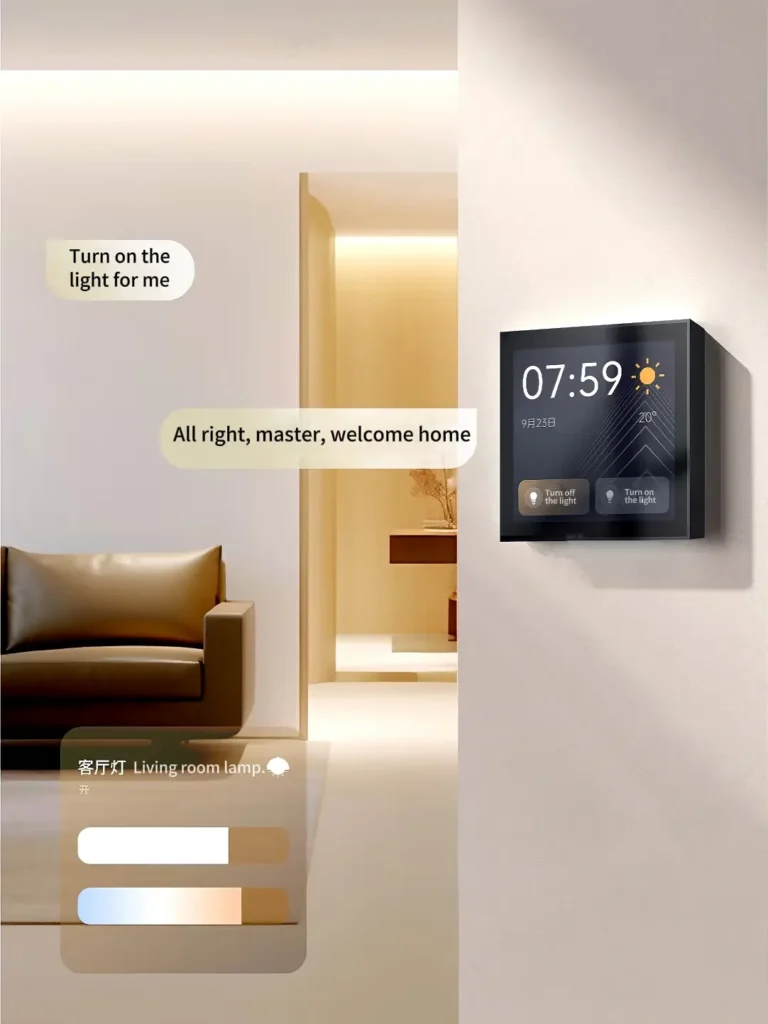
To get the most out of your investment, here are some key criteria to evaluate:
System Compatibility
Ensure the system supports open standards (KNX, Zigbee, Z-Wave) and can communicate with HVAC, ventilation, and security systems from other brands.
Scene and Zone Management
A quality system should support scene programming (e.g., “Morning,” “Away,” “Dinner”) and allow zoning—so you can group lights by room, floor, or purpose. Cloud and Local Control
Look for hybrid control options: local control for speed and reliability, and cloud access for remote control and firmware updates.
Scalability
Your lighting solution should be able to grow with your home—adding outdoor zones, new rooms, or even multi-building networks without hardware replacement.
How We Deliver: From Design to Commissioning
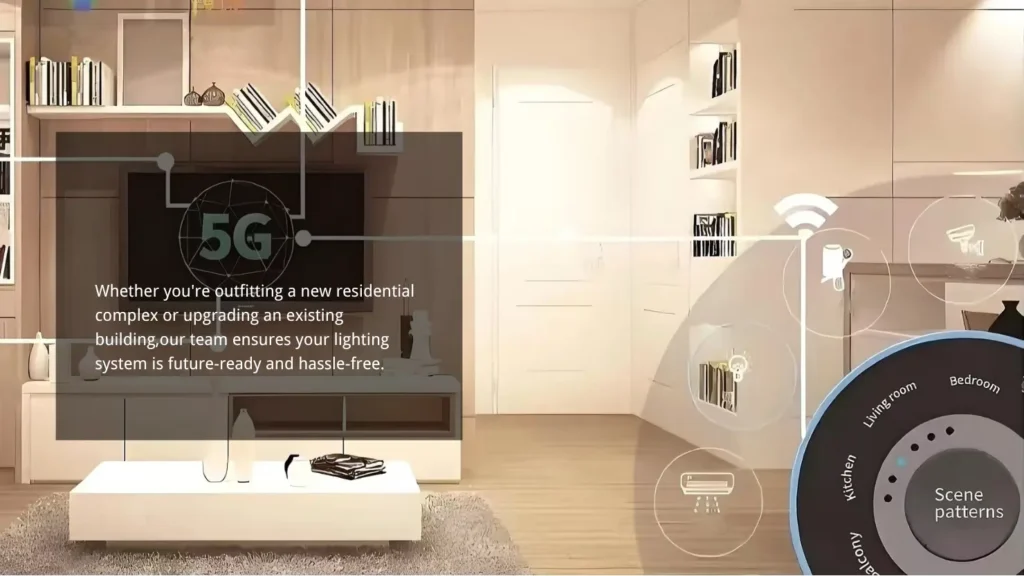
As a provider of one-stop appliance and electrical solutions, we follow a systemized workflow to ensure your whole house lighting is not only functional but fully integrated:
- System Planning
- Layout-based lighting design
- Load calculation and control zoning
- Protocol compatibility mapping
- Product Selection
- Smart switches, sensors, controllers from trusted brands
- Aesthetic match with other electrical components
- Integration
- Linkage with HVAC, surveillance, and smart controls
- Programming of scenes, schedules, and user preferences
- Training & Support
- User training for mobile apps and control panels
- Remote diagnostics and after-sales maintenance options
Application Scenarios
High-End Residential Projects: Offer clients smart lighting pre-installed alongside central air and smart access control.
Commercial Villas & Sales Centers: Enhance ambiance with dynamic lighting scenes and remote control capability.
Multi-Unit Developments: Allow individual units to manage their lighting while centralizing backend control for facility managers.
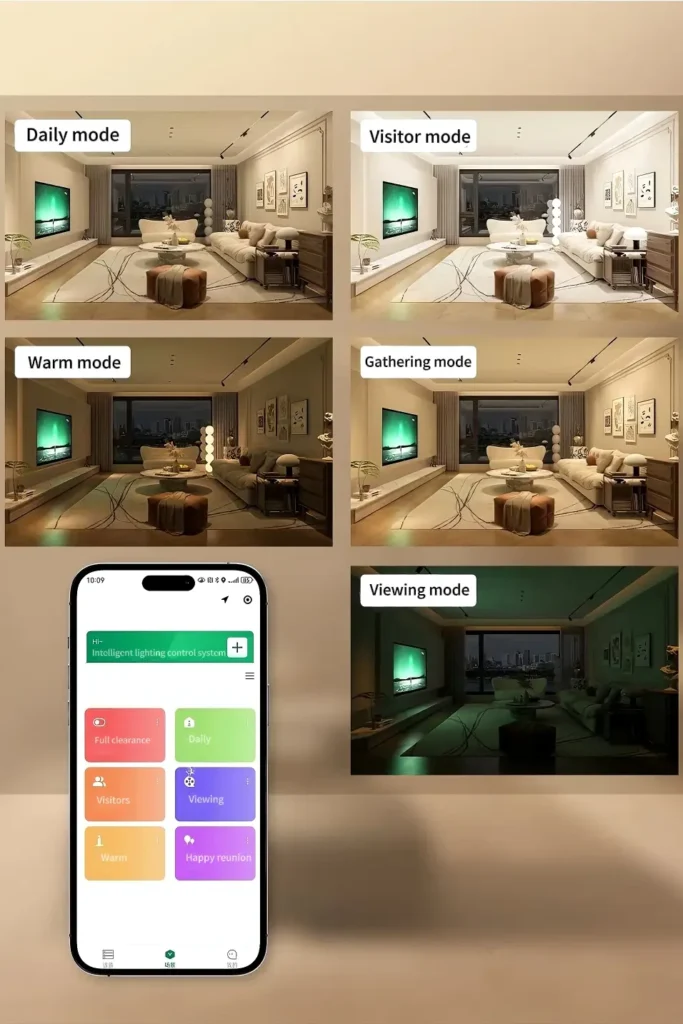
Conclusion: Lighting Is the Foundation of Smart Living
Lighting is one of the first things people interact with when entering a space—and one of the most overlooked in system planning. A whole house lighting system, when designed correctly and integrated into the broader smart electrical infrastructure, creates a unified, intelligent living experience.
If you’re seeking a complete electrical solution provider—someone who can design, supply, and integrate systems from VRF HVAC to lighting and smart control—our team is ready to support your project.

